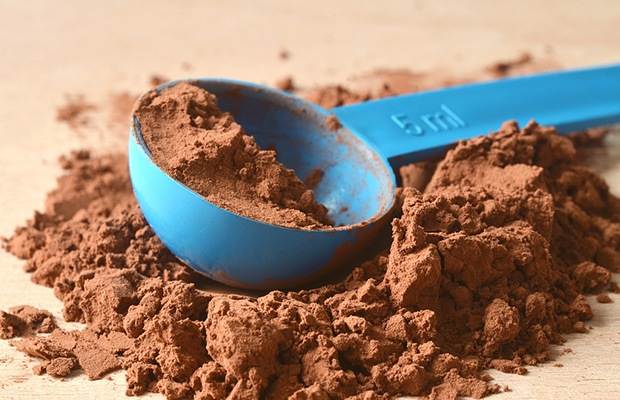Whether you’re trying to build some muscle or are looking for options to increase your daily protein intake, you’ve probably shortlisted whey protein because that’s what every article recommends.
Whey protein has plenty of health benefits and a high biological value (BV) that exceeds egg protein (by 15%!). This means that much more protein from whey will be readily used by your cells as compared to eggs which already have one of the highest BVs.
There are plenty of whey protein products out there in the market that comes in powders and bars. But the bottom line is they still come from the same source; dairy. This guide is good for a quick read, but for those wanting to find out more, XTEND has a comprehensive article on whey protein.

How It’s Made
The production process begins at the cattle farm. The cows are milked, which is then normally transported to a cheese manufacturer. At this stage, the milk consists of 80% casein protein and 20% whey and other serum proteins.
At the cheese factory, the liquid is separated into two, the curds (solids) and whey (liquid). The curds are then used for cheese-making and the waste (whey), is used to produce whey protein. Then, the whey goes through filtration, purification, and is dried to become powder. However, the filtration and purification methods differ depending on the type of whey protein the manufacturer wants to produce.
Types of Whey Protein
Whey Protein Concentrate (WPC)
This form of whey protein is usually the most affordable. It uses ultrafiltration, more specifically membrane filtration to separate lactose and other minerals from the whey itself. This technique forces the whey through different membranes to remove unwanted substances. Afterward, it goes through an evaporator and spray dryer so that there is very little water left. According to the USDA, WPC contains protein levels between 34%-85%. You would still find small amounts of lactose in WPC. WPCs are a good choice for casual lifters and those who plan to use whey protein as a health supplement as WPCs do have a lot of micronutrients.
Whey Protein Isolate (WPI)
WPIs are a more expensive version of their WPC cousins. After ultrafiltration, they undergo other processes such as micro-filtration that strips all the lactose away. WPIs have a much higher protein concentration at 90%, very little fat, sugars, and micronutrients. If you’re a serious athlete that needs fast-absorbing protein and have the budget for it, WPIs are a great option!
Whey Protein Hydrolysate (WPH)
WPHs are harder to find, and they are much more expensive than WPIs. WPHs have been treated with specific acid conditions and temperatures as a way to “predigest” the protein so that your body can absorb it quicker. Typically, it consists of 90 to 95% protein.
Who Should Take Whey Protein?
The first group of people that comes to mind are bodybuilders and for good reason. The goal of a bodybuilder is to tear down their muscle fibers through intense workout routines and allow them to recover so they grow over time. They will need a lot of protein for this, and whey protein provides them the convenience. This concept is also applied to other athletes as well.
However, there are plenty of other uses. A study has found that whey protein has shown to reduce LDL, or bad cholesterol levels in overweight men and women as well as improving their insulin levels. Those who are trying to lose weight can also consider whey protein as whey protein is very filling and can curb hunger.









































